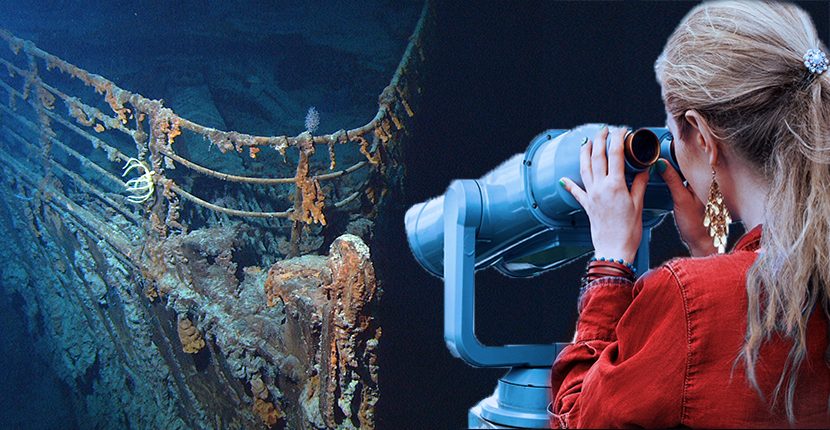Brave Titanic tourists wishing to travel to the world’s most famous wreck may now be in luck. In 1912 a voyage across the Atlantic Ocean on the RMS Titanic was advertised as luxury travel. In the summer of 2019 a number of high-priced trips are booked that will give people another kind of experience: a chance to see the site of the sunken Titanic, 13,000 feet below the ocean surface.
After hitting an iceberg on her maiden voyage from Southampton to New York City at 11:40 pm on April 14th, the Titanic sank in less than three hours, stunning the world as tales spread of insufficient lifeboats and radio-transmission failure. The wreck was not located until 1985, when a joint American-French expedition found the Titanic, in two large pieces at 13,000 feet below the ocean surface, using an oceanographic survey ship and a robot submarine. The site was about 400 miles off the coast of Newfoundland.
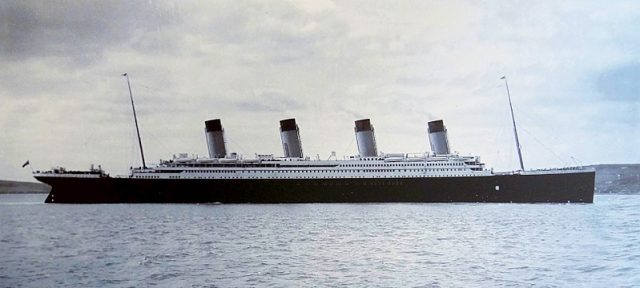
OceanGate is one company with trips definitely booked for this summer, with a 10-day-long Titanic exploration costing more than $100,000 per person. (Other companies, such as Bluefish, announced plans to take people to the Titanic site.) The OceanGate journey takes people out to the location of the wreck, and then, in small groups, on a 90-minute submarine descent to the Titanic, for about three hours of up-close examination of the wreck.
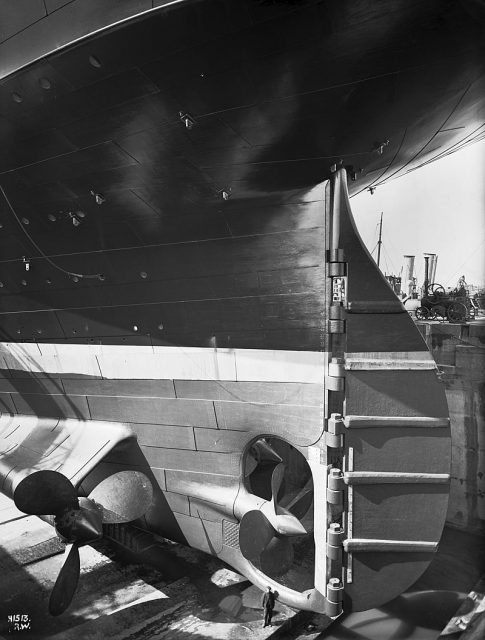
Dana Hall, marketing manager of OceanGate, told The Vintage News, “We are scheduled to depart from St. John’s, Newfoundland, for the first manned expedition to the site of the RMS Titanic since 2005. Fewer people have seen the legendary vessel since it sank in 1912 than have gone to space. Over the course of six missions running June through August a limited number of citizen explorers, known as mission specialists, will be among the first in nearly 15 years to descend 3,800 meters below the surface of the North Atlantic, in the world’s only 5-person submersible capable of reaching Titanic depths, to directly observe the maritime heritage site.
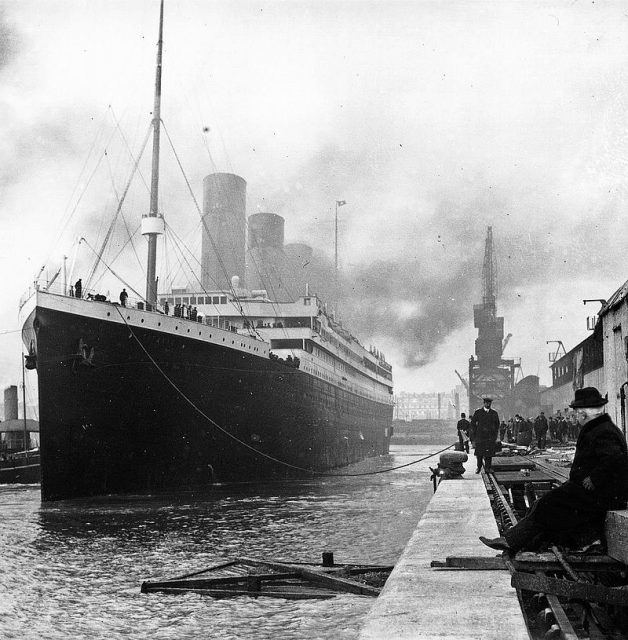
Mission specialists are invited to play an active role in this authentic scientific and technological expedition where they will work alongside a team of scientists, researchers, and content experts to digitally document and preserve the current condition of the wreck.”
Hall said slots for 2019 Titanic tourists filled quickly and the company is currently accepting applications for 2020. “There isn’t a ‘typical’ client,” Hall told The Vintage News. “Our current clients range in age from 25 to 70. Some are self-proclaimed ‘Titaniacs’ who have been dreaming of this opportunity their entire life, and some are seeking rare exploration opportunities.”
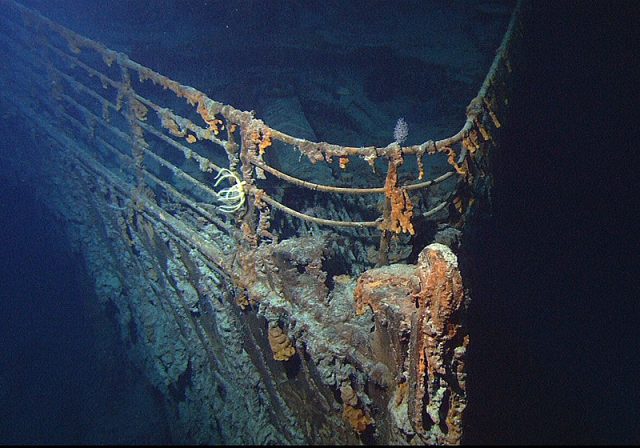
Researchers say that the wreck cannot last forever. In a few decades, there may be nothing left of the ship at all, thanks to a species of bacteria which is slowly eating away its iron hull. “Nobody accounted for a rare, rust-eating bacteria called Halomonas titanicae (named for the wreck it is currently feasting on). Insight into this never-before-seen phenomena came in 1991, when a team of Canadian and Spanish researchers collected samples of ‘rusticles’—icicle-like rust formations—from the wreck,” according to History.com.
Related Video:
In 2014, a team of scientists from the US Bureau of Ocean Energy Management (BOEM) conducted an in-depth look at such microbes, studying eight shipwrecks in the northern Gulf of Mexico. “The shipwrecks included wooden-hulled sailing ships dating to the 19th Century, one wooden-hulled sailing ship possibly from as early as the 17th Century, and three World War Two steel-hulled vessels, one of which was sunk by a German U-boat,” said BBC.
Related Article: Titanic II to Set Sail in 2022 Retracing the Original Route
The conclusion was that the material the ship was built from was the crucial factor on what kind of microbe was attracted to the wreck. Wooden ships were filled with bacteria that attack and feed on the cellulose, hemicellulose, or lignin found in wood. Steel ships were occupied by iron-loving bacteria.
But now a new age in the everlasting tale is upon us with the onset of the first Titanic tourists.
Nancy Bilyeau, a former staff editor at Entertainment Weekly, Rolling Stone, and InStyle, has written a trilogy of historical thrillers for Touchstone Books. Her new book, The Blue, is a spy story set in the 18th-century porcelain world. For more information, go to www.nancybilyeau.com
